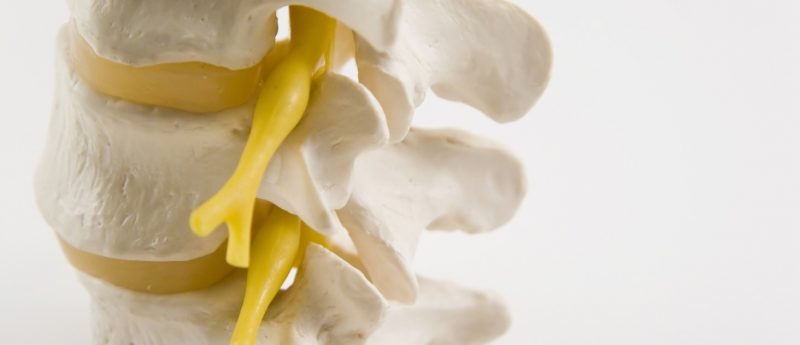PSC-derived neural cells promote spinal cord regeneration

Spinal cord neural stem cells derived from human pluripotent stem cells have been shown to repair damage in the spinal cord caused by disease or injury.
Researchers from the University of California San Diego School of Medicine (UCSD; CA, USA) have reported that they have successfully created spinal cord neural stem cells (NSCs) from human pluripotent stem cells (hPSCs) that are able to differentiate into a diverse population of cells capable of dispersing throughout the spinal cord, and can be maintained for long periods of time.
In the study, which was published in Nature Methods, researchers grafted cultured hPSC-derived NSCs into injured spinal cords of rats. They reported that these grafts were rich with excitatory neurons, extended large numbers of axons over long distances, innervated their target structures and enabled robust corticospinal regeneration.
In addition to this, the researchers specified that the grafts synaptically integrated into multiple host instraspinal and supraspinal systems, including the corticospinal projection, and improved function outcomes after injury.
“We established a scalable source of human spinal cord NSCs that includes all spinal cord neuronal progenitor cell types,” commented Hiromi Kumamaru (UCSD), first author of the study. “In grafts, these cells could be found throughout the spinal cord, dorsal to ventral. They promoted regeneration after spinal cord injury in adult rats, including corticospinal axons, which are extremely important in human voluntary motor function. In rats, they supported functional recovery.”